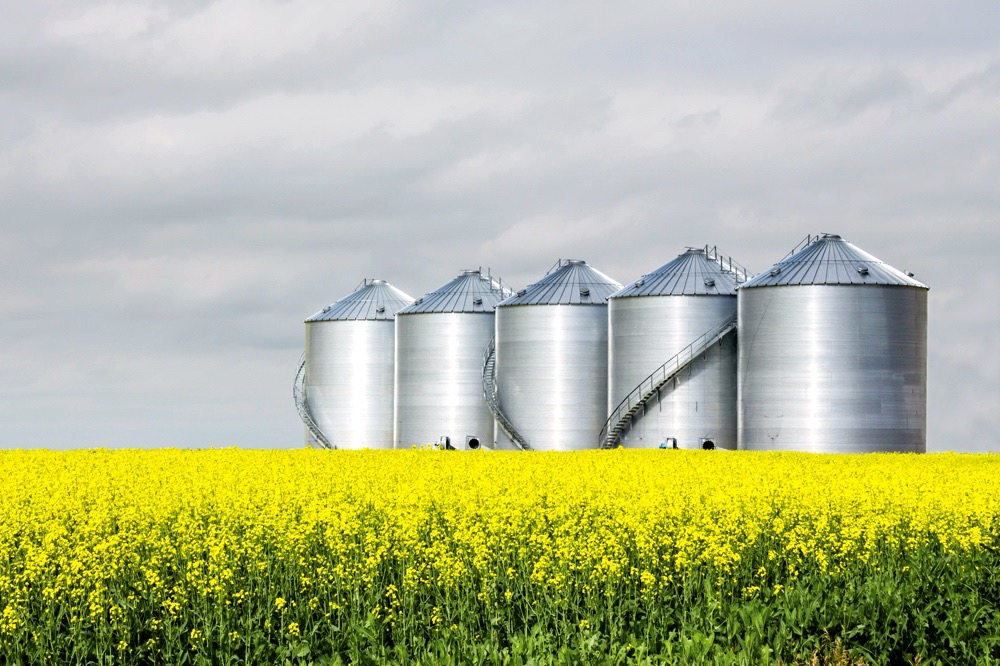The canola industry has agreed to voluntarily enhance blackleg resistance labels on canola seed.
Seed companies will still use the current R, MR, MS, and S labels. But they will also start adding information indicating which major genes are present in a blackleg-resistant variety.
Each blackleg-resistant variety leans heavily on a single major gene for that resistance. That resistance gene is very effective against a blackleg race that has a matching avirulence gene.
But the blackleg population in any field can also evolve to overcome that resistance gene. Basically, once the blackleg drops its matching avirulence gene, the resistant cultivar is susceptible again.
Read Also

Cancer agency reclassifies another herbicide ‘probably carcinogenic’
The WHO’s cancer research agency has now put atrazine, a herbicide well known to corn growers, in the same potential-hazard category where the agency put glyphosate.
The new voluntary labels will group major gene resistance into different groups. The idea is that farmers can then rotate to a different resistance gene group if a favourite variety falls down in their fields. Rather than numbered groups, like those used for herbicides, blackleg resistance groups will be labelled by letters.
The old R, MR, MS, and S ratings are still useful as well. For example, a variety with an R(B) rating would have good field resistance, and major gene resistance to blackleg race Rlm2. A rating of MR(D) would have moderate field resistance, and major gene resistance to LepR1. An R rating alone indicates good field resistance, and either no major gene resistance, or major gene resistance hasn’t yet been determined.
Some varieties should have the new labels this year, and more will in the future as seed companies release new varieties.
Jurke noted that it would be nice if farmers could send canola residue to a lab for screening. If they knew which blackleg avirulence genes they’re dealing with, they could use that information to pick canola varieties. That test isn’t available yet, but Jurke said based on conversations with labs, it could be available as soon as next year.

















